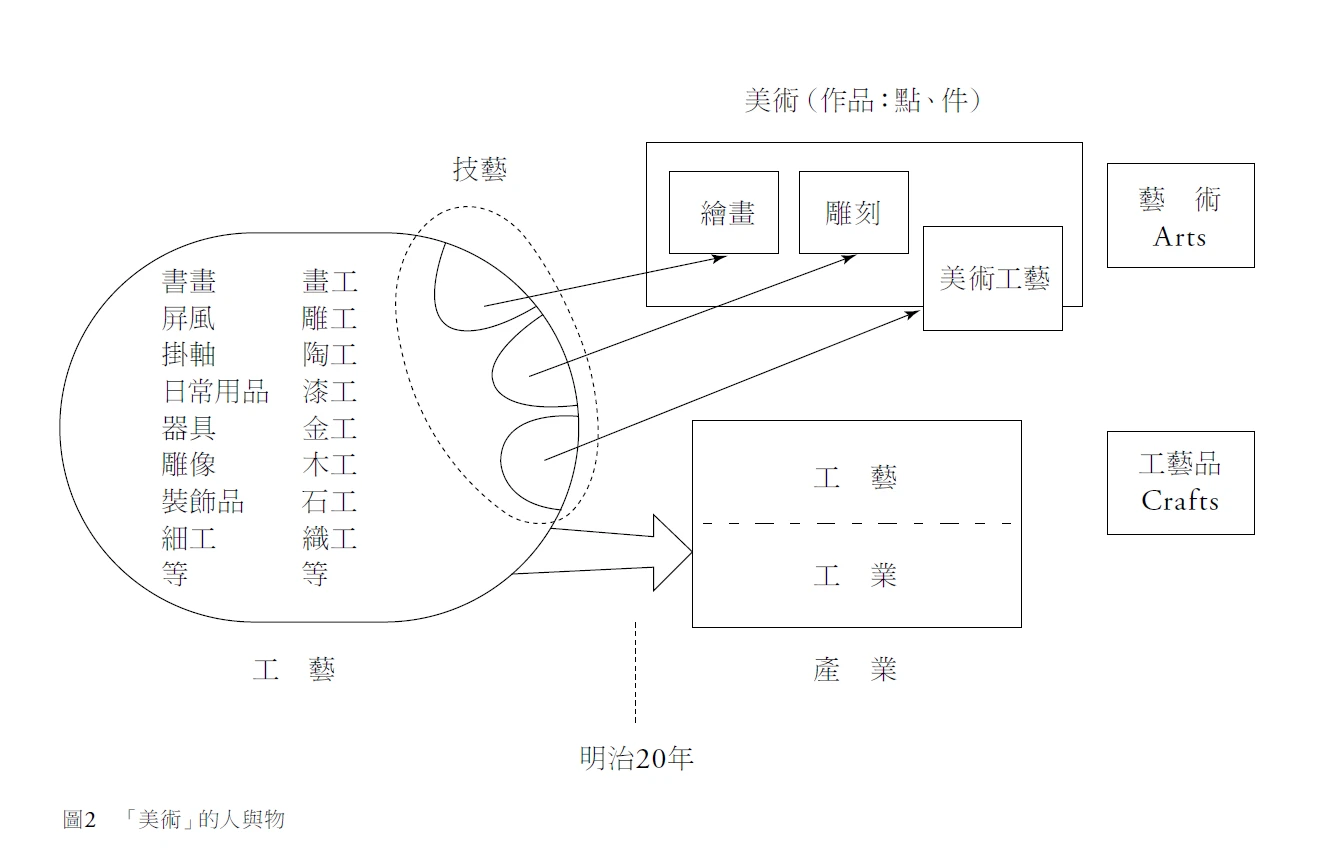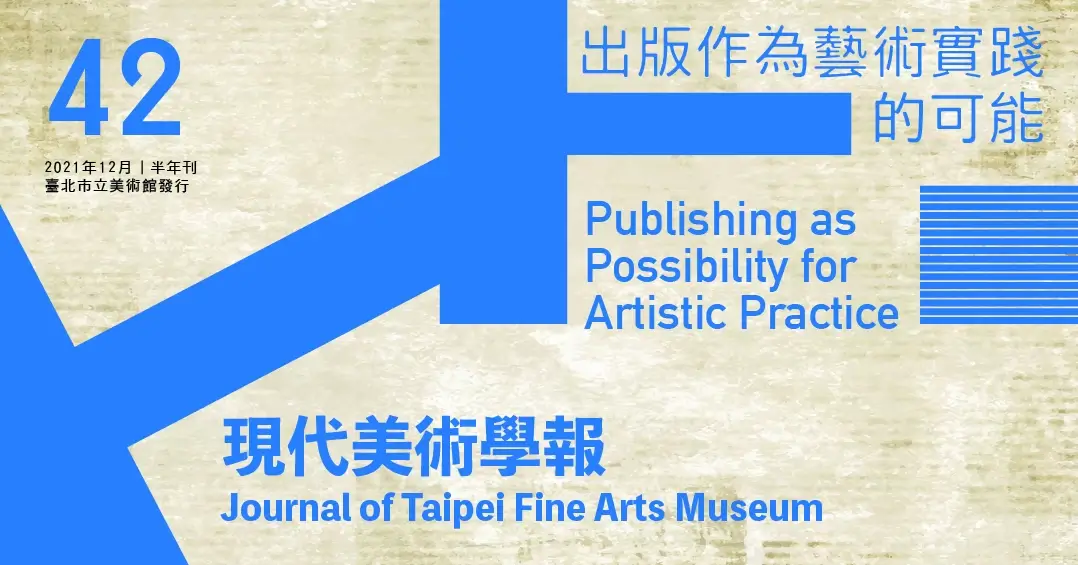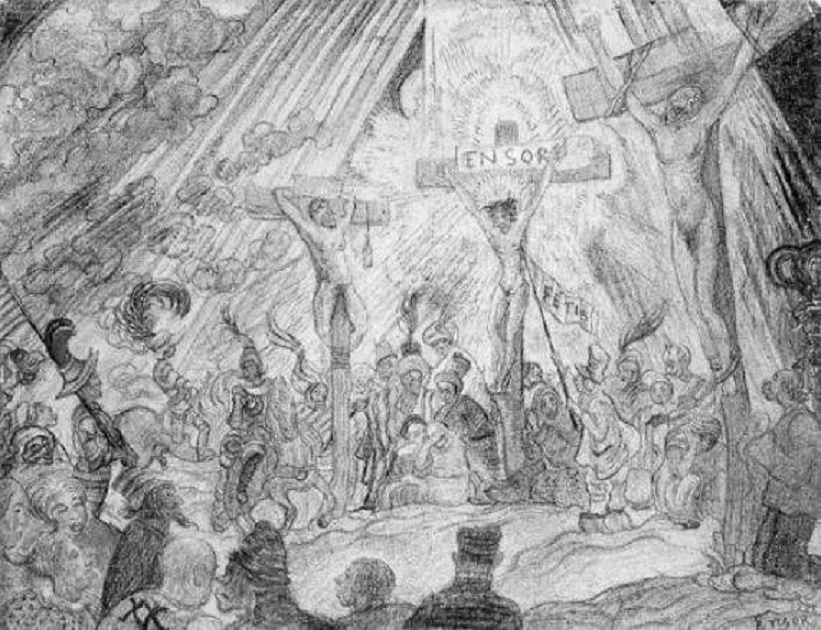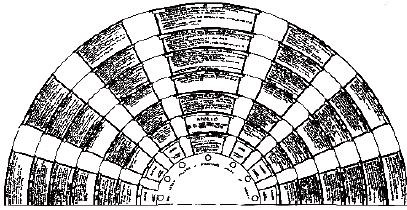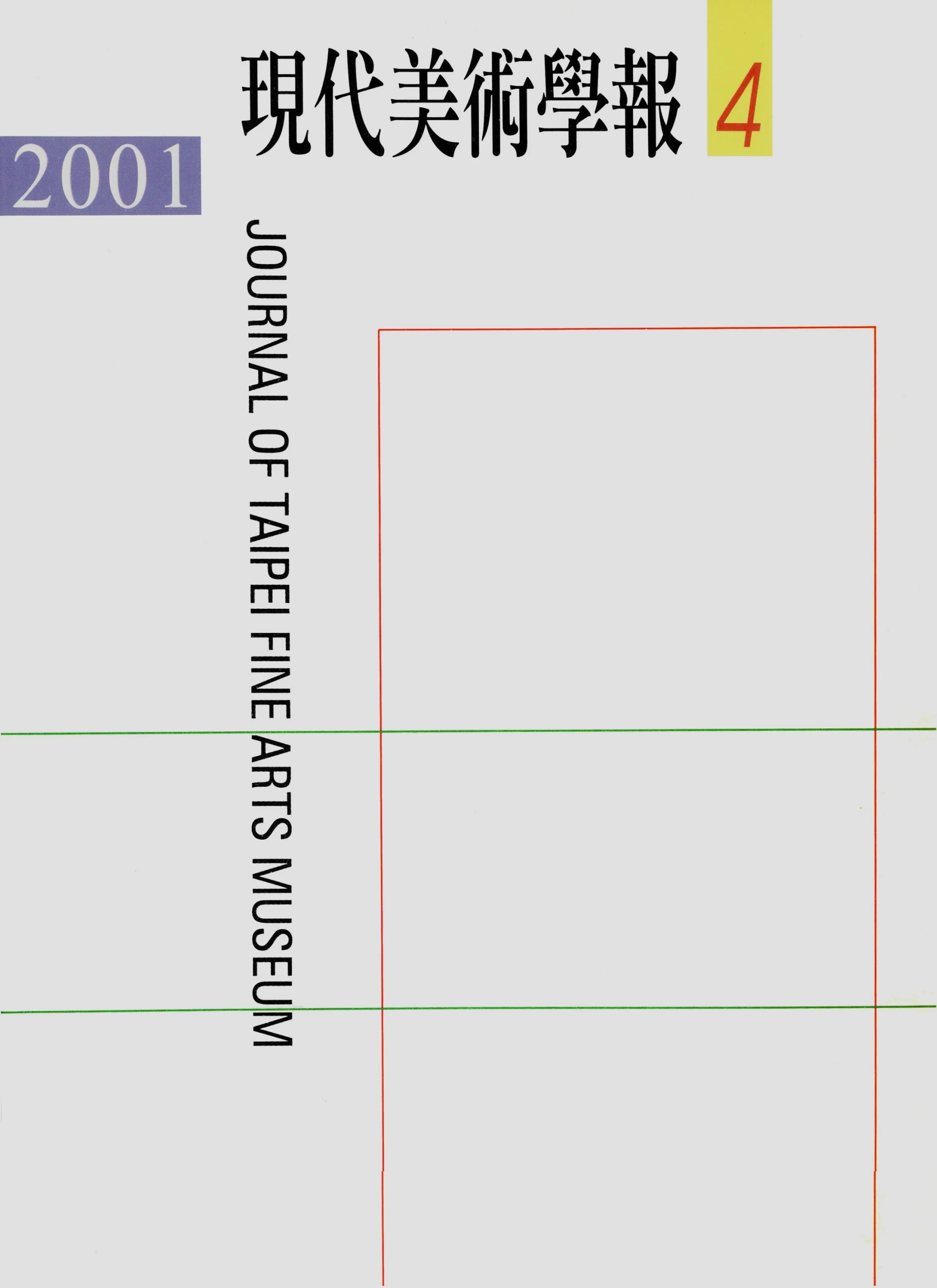摘要
本文主要以鄭桑溪 1955-1966 年之間的攝影作品,探討台灣攝影在 1960 年代,異於主流文化品味的攝影藝術發展,反應了什麼樣的現實?開創了什麼樣的美學發展可能?攝影美學又呈現了什麼異於主流的變遷脈絡?
今曰台灣攝影的創作與攝影史的摸索,在持續模仿國外表現風格,和反應零散的本土經驗之間,兩極排徊。如何彰顯或重塑台灣攝影史,有別於主流文化霸權的另類文化實踐,成為重要議題。必須自覺反省,以系統性的思惟,建構屬於這地區獨特的藝術和美學。於是,本文透過創作者與時代演變的互動,分析詮釋創作者作品的發展,嘗試在紛亂而零散的台灣攝影經驗中,重塑台灣攝影史。
本文依照場景差異法的必較歷史原則,促使攝影者思考其創作與主流攝影美學的差異,由此探索個人文化身分認同,並且以美學概念風格的演變為研究主軸。本研究發現,1960 年代的攝影,有著不同於當年國家意識形態接近的中國畫意攝影美學,這是來自曰據時期的攝影技術傳承,以及民間經濟與人際網絡為基礎而奠立的公共展示空間與大眾媒體。鄭桑溪獨特的現代幾何構圖感性,開創了自然寫實攝影美學的發展可能。當時的攝影前輩,對於攝影創作風格的開放態度,使得台灣攝影界蘊含此種可能發展方向。本文彰顯了一個對於攝影創作風格開放的時代,透過系統性反省作品內涵與實驗,本土攝影美學的觀點,可能奠立初步基礎。鄭桑溪與張照堂於 1965 年合辦的「現代影展」,呈現了如此的可能。然而缺乏合適美學理論的適時引入或討論,成了進一步發展創意實驗,或具體本土美學的困境。本土經驗與前衛思想如何融合為台灣攝影的創作,是值得進一步探討的主題。
Abstract
Through analyzing the 1955-1966 photographic works of Shang-Hsi Cheng, this paper explores the aesthetic transformation, and reconstructs the photographic history in Taiwan. Following questions have been addressed: What alternative trends could be different from the dominant aesthetic hegemony in photography at that time period? What aesthetic possibilities have been created in the particular cultural and historical contexts? How could such possibilities shape and reshape dominant cultural practices?
In terns of images making and history making, Taiwanese photography represented ambivalent experiences between following foreign styles and adhering to the nativist tradition. At the same time, how history making of Taiwanese photography could be different from dominant cultural practice had been a crucial and unsolved issue on the spot. To this end, this paper analyzes photographic works through exploring interactions between photographer Shang-Hsi Cheng and the cultural context in which his works have been shaped.
By adopting a contrast-of-context historical principle and narrative-identity approach, we asked Shang-Hsi Cheng to recall critically about the way he created his works and the ways he differed from his interlocutors. We also compared Cheng's work with the similar trend in the western history of photography. In so doing, we reconstructed a unique photographic history of Taiwan by comparing and contrasting the interweaving between the cultural identity of photographer and the change of his aesthetic styles.
This research found that an alternative photographic development in the 1960s was evident in the 1960s in Taiwan. Mainly derived from the Japanese traditions of photographic expression, this alternative was perpetuated by private organizations and interpersonal relationship. Rich championship awards in annual exhibitions and mass media made photography-making popular. In such cultural contexts, the unique geometric composition of Shang-Hsi Cheng opened possibilities in reinterpreting realism of photographic aesthetics. Meanwhile, the openness of leading photographers played crucial roles in making such new possibilities. However, lack of theoretical engagement in aesthetics and descent art criticism failed the further development of aforementioned possibilities.

